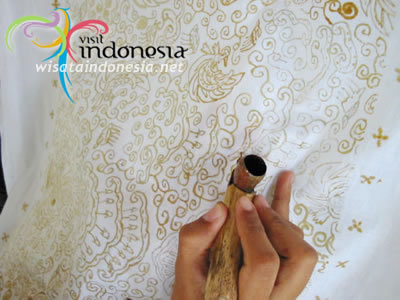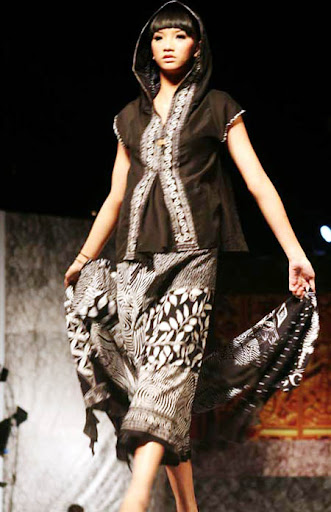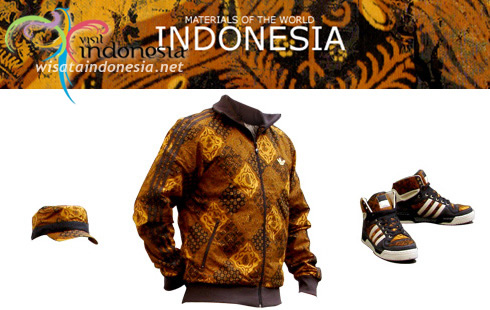Since the XVII Century Batik has been written and
painted on palm leaves. At that time batik motif or pattern is still
dominated by the shape of animals and plants. However, over time, batik
has been progressing, that is from a painting motifs of animals and
plants gradually turn to an abstract motif that resembles a cloud,
temple reliefs, wayang beber and so on. Furthermore, through the merger
of the painting with the art of decorating style clothing, batik art
emerged as we know it today.
Batik originated from the Javanese "amba", meaning to write and
"point". The word batik refers to fabric with a pattern generated by
the materials 'malam' (wax) is applied onto the fabric, so resist the
entry of dye, wax-resist dyeing.
The type and style of traditional batik quite so much, but the
patterns and variations in accordance with the philosophy and culture
of each region are very diverse. Cultural treasures such a rich nation
Indonesia has prompted the birth of various styles and types of batik
tradisioanal with its own specialty features.
Community Cultural Batik in Indonesia
Batik is an ancestral heritage of Indonesia (Java) that until now
still exist. Batik is also first introduced to the world by President
Suharto, who was wearing a batik at the UN Conference.
Batik is a craft that has high artistic value and has become part of
the culture of Indonesia (especially Java) for a long time. Javanese
women in the past made their skills in batik for a living, so in the
past batik work is exclusively women's work until the invention of
"Batik Cap" which allows the entry of men into the field. There are
some exceptions to this phenomenon, namely the coastal batik masculine
lines as can be seen in shades of "Mega Mendung"(cloud), which in some
coastal areas batik work is common for men.
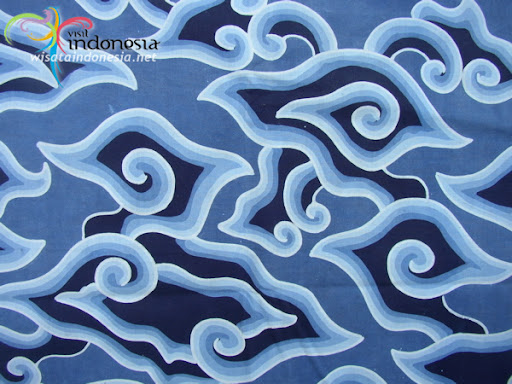
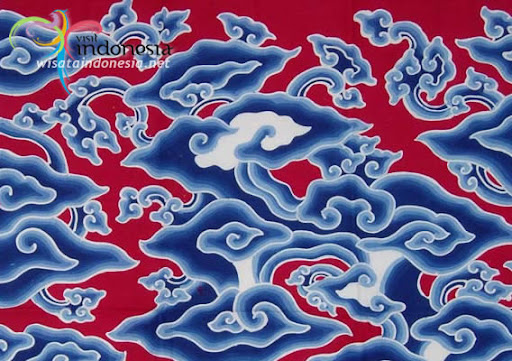
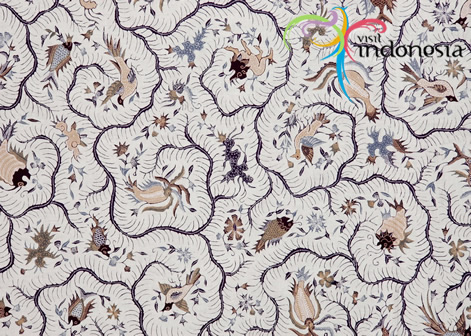
The tradition of batik was originally a hereditary tradition, so
sometimes a recognizable motif batik come from certain families. Some
batik may indicate the status of a person. Even today, some tadisional
motif is only used by royal families of Yogyakarta and Surakarta.
Motif batik
Batik variety of shades and colors are influenced by various foreign
influences. Initially, batik has a variety of shades and colors are
limited, and some patterns may only be used by certain circles.
However, coastal batik absorb various external influences, such as
foreign traders and also in the end, the invaders. Bright colors like
red popularized by the Chinese, who also popularized the style phoenix.
European colonial nations are also taking interest in batik, and the
result is a pattern flowers that were previously unknown (such as
tulips) and also objects that were taken by the colonizer (the building
or horse-drawn carriage), including their favorite colors such as blue.
Retain traditional batik s type, and is still used in traditional
ceremonies, because usually each style has a representation of each.
Types and How to Batik Making
Batik was originally made on material with white color made of
cotton cloth called. Today the batik is also made on other materials
such as silk, polyester, rayon and other synthetic materials. Batik
motif formed by the liquid wax by using a tool called a canting for
subtle motifs, or brush to a large motif, so that the liquid wax to
seep into the fabric fibers. Fabrics that have been painted with wax
and then dyed with the desired color, usually starting from the light
colors. Immersion and then taken to another motif with color or black
older. After some time the coloring process, which has dibatik cloth
dipped in chemicals to dissolve the wax
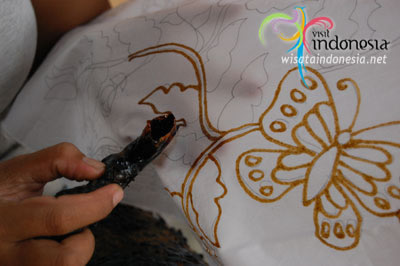
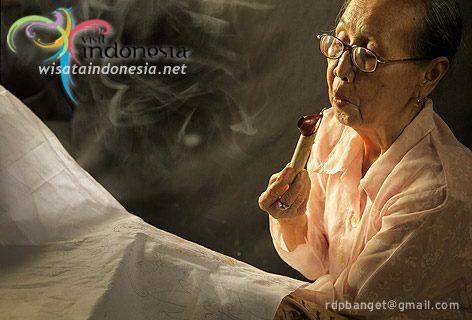
 Making a technique based on
Making a technique based on
- Batik Tulis is decorated with fabric textures and patterns of batik by hand. Batik making this type takes approximately 2-3 months.
- Batik cap is decorated with fabric textures and
patterns created with batik cap (usually made of copper). Batik-making
process of this type takes approximately 2-3 days.
- Batik Lukis is the process of making batik painting by painting directly on white cloth.
Based on the origin of manufacture
Javanese batik art is a cultural heritage of
Indonesia, especially Java-controlled areas of the Javanese hereditary.
Javanese batik motifs have different. Differences dikarnakan motif is
common motives that have meaning, the purpose is not only an image but
it implies that they can from their ancestors, namely religious
animism, dynamism, or Hindus and Buddhists. Javanese batik developed in
many areas Solo or commonly known as Solo batik.
Batik Trends Today
In modern times this has been revolutionized batik clothes than
ever, many models of batik clothes had been changed to offset fashion.
Especially the development of batik for ladies, a design that is more
fashionable and beautiful began to be formed. Of course without leaving
the existing rules
Perkebangan modern batik has managed to get a place of honor. When
these people to the party despite the lavish use of batik as a shirt or
dress. Even today ordered state officials to more wear than the jacket
batik. So as the culture of this nation very proud.
Batik has become a model of how the traditional culture of Indonesia
can continue to survive. Various patterns emerged for the more
indulgent consumers, especially for women batik shirt that has
experienced incredible growth at all.
Here are some models of modern batik. Please see:



















![[Image: karapan1.jpg]](http://udahgajerman.files.wordpress.com/2011/01/karapan1.jpg?w=300)
![[Image: karapan2.jpg]](http://udahgajerman.files.wordpress.com/2011/01/karapan2.jpg?w=300)



